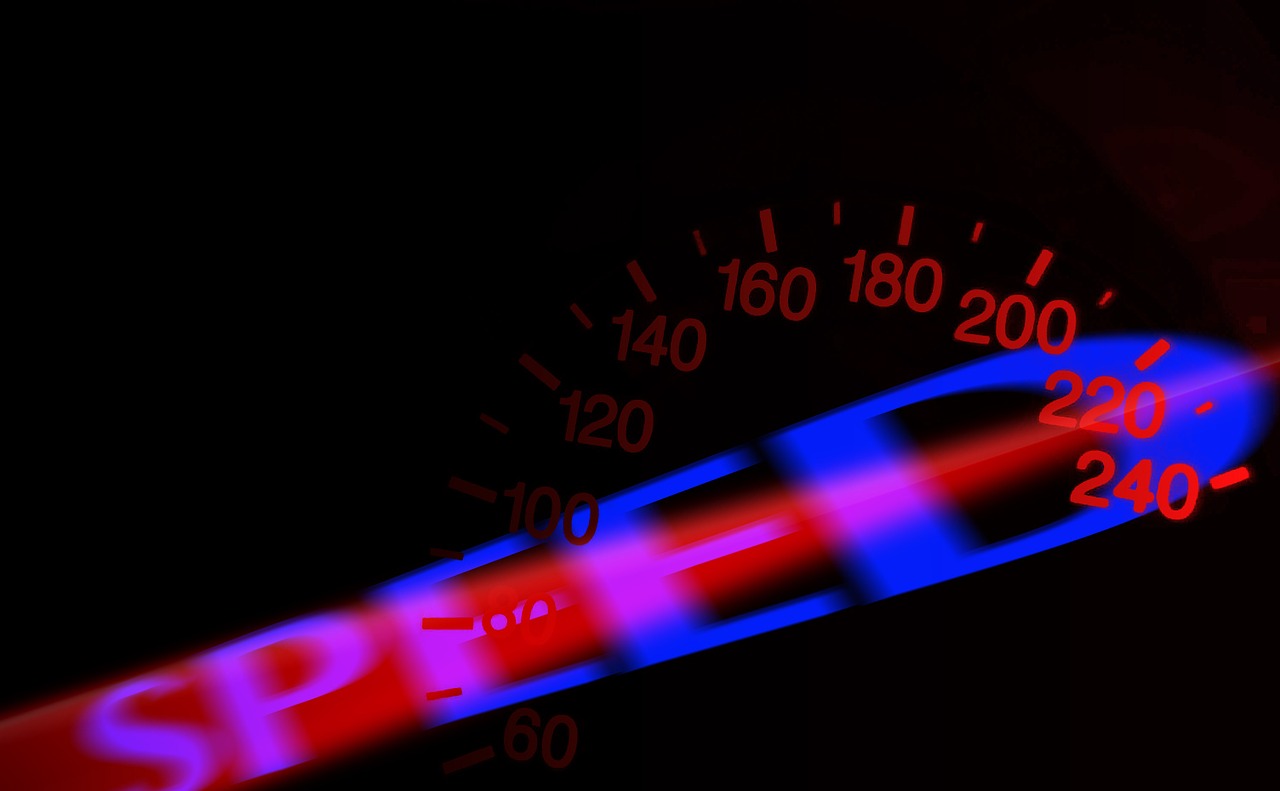 NEWS
NEWS
 NEWS
NEWS
 NEWS
NEWS
The iOS 9 update is compatible with iPhone and iPad models as old as the iPhone 4s and iPad 2. While it is a very good thing that Apple is allowing owners of older iOS devices to reap the benefits of its latest mobile operating system, some older devices may suffer some performance issues after the update to iOS 9.
If you have updated you older iPhone or iPad to iOS 9 and find it to be on the slow side, there are a few things you can do to speed up your device, including deleting unused apps and games, deleting unnecessary large files, rebooting or force restarting your device, and more. For more detail on these and other methods, see our earlier article on speeding up iOS 9 on iPhone and iPad.
In addition to the six tips and tricks we offered in that guide, we have three more tips and tricks for speeding up iOS 9 on older iPhones and iPads below:
iOS animations, such as when opening and closing apps and parallax effects on icons and wallpapers, can be resource intensive and cause iOS to run slow on older devices. If you can live without the fancy animations, you can turn them off. Here’s how:
Go to the Settings app > tap on General > tap on Accessibility > tap on Reduce Motion > toggle it to On.
Apps with access to use your location (especially all the time) will not only slow down your iOS device, but also drain your battery as they use your iPhone’s GPS, Bluetooth and Wi-Fi to constantly update your position. iOS allows you to select what apps can access your location and also when. Here’s how to set it up:
Go to the Settings app > tap on Privacy > tap on Location Services > set individual apps to always access your location, only while you are using the app, or not at all.
For the majority of apps, it is probably enough to only access your location while you are actually using the app, like when you open Maps to get directions or your weather app to check today’s forecast.
Tip: This is also a great way to prevent apps from tracking your location in the background.
Unless you’ve bought more iCloud storage (there’s a 5G limit on free storage), you may not have enough space for an iCloud backup if your device contains a large chunk of data. A local iTunes backup also tends to be more reliable and complete than an iCloud backup for the purposes of restoring your device. While it’s prudent to use both iCloud and iTunes backups simultaneously, we recommend an iTunes backup and restore in this case.
Ensure you have the latest version of iTunes and then follow these steps:
With the backup completed successfully, you can restore your iPhone or iPad. Here’s how:
Connect your iPhone to your Mac or PC > launch iTunes > click the phone icon in the top left corner to open the device summary page > click on Restore iPhone and follow the prompts.
Note: If you have Find My iPhone enabled, you’ll have to turn it off before you can complete the restore – the system will prompt you in case you forget.
The surest way to come out on the other end of a restore with a faster iPhone is to set up as a new iPhone instead of restoring from a backup. Make sure you backup all your media before doing this as it won’t be restored. You’ll be able to download all you apps and purchased iTunes content as you need it.
Sources: The App Factor; iMobie
Support our mission to keep content open and free by engaging with theCUBE community. Join theCUBE’s Alumni Trust Network, where technology leaders connect, share intelligence and create opportunities.
Founded by tech visionaries John Furrier and Dave Vellante, SiliconANGLE Media has built a dynamic ecosystem of industry-leading digital media brands that reach 15+ million elite tech professionals. Our new proprietary theCUBE AI Video Cloud is breaking ground in audience interaction, leveraging theCUBEai.com neural network to help technology companies make data-driven decisions and stay at the forefront of industry conversations.